What is the Methods Section of A Research Paper?
When writing a research paper the methods section is where researchers detail how their study was conducted. It outlines the design, materials, procedures, and techniques used to gather and analyze data.
The methodology section comes after the Introduction and before the Results section in a research paper.
It ensures transparency, allowing readers to evaluate the research’s validity and replicate it if needed. Essentially, it answers: What steps were taken to achieve the results?
Importance of Methods Section in Research Paper
The methods section is more than just a procedural guide—it’s a critical component of your research paper that adds credibility and clarity.
Here’s why it matters:
- Promotes Transparency: Clearly explains how the study was conducted.
- Enables Replication: Allows other researchers to replicate the study for further validation.
- Establishes Credibility: Demonstrates the rigor and reliability of your research process.
- Facilitates Peer Review: Helps reviewers assess the study's methodology and accuracy.
- Addresses Ethical Considerations: Highlights how ethical guidelines were followed during the research.
- Supports Knowledge Building: Serves as a reference for future studies in the field.
5 Parts of the Method Section and their Writing Tips
The methods section of a research paper consists of several important parts. Each part is like a building block, contributing to the strength and reliability of your study.
- Participants
- Materials and Instruments
- Procedures
- Data Analysis
- Ethical Considerations
Let’s explain these parts and learn how to write the materials and methods section of a research paper:
Part 1: Define Your Participants
This section is all about introducing the individuals or subjects who took part in your study. Think of it as providing a snapshot of who they are and why they were chosen.
You’ll include details like their demographics, how many participants you had, and the criteria you used to select them.
How to Write the Participants' Sub-Section
Here’s how you can describe your participants in a clear and straightforward way:
- Define Your Population: Start by explaining who your study is focused on. Be clear about any inclusion or exclusion criteria you used to define your group.
- Demographic Details: Share relevant details about your participants, like their age, gender, or any other important traits that relate to your research.
- Sample Size and Selection Criteria: Mention how many participants you had and how they were chosen. Be sure to include the sample size estimation process, explaining whether you used random sampling or selected participants in a specific way.
- Relevant Characteristics: If there’s anything specific about your participants that’s crucial for your study—like their experience in a certain area—be sure to mention it.
For Example: "Our study involved 200 participants aged between 25 and 40 years, randomly selected from diverse backgrounds to ensure a representative sample. Participants were required to meet specific criteria related to their experience with the subject matter." |
Part 2: Describe the Materials and Instruments
In this subsection, you'll explain the tools and resources you used to gather data for your study. This could include anything from machinery to surveys or questionnaires.
It’s your chance to let readers know what helped you find sources and collect the information for your research.
How to Write the Materials and Instruments Section
Here’s a simple guide to writing this part:
- List Materials Clearly: Begin by listing everything you used in your study, like equipment or tools. Be specific—include the make, model, and any changes or updates made to them.
- Purpose and Role: Explain what each item or tool was used for. For example, if you used a survey, tell readers how it helped collect data.
- Insight into Resources: Offer a little more detail on why you chose these specific materials and how they played a key role in gathering the data needed for your study.
For Instance: "We employed a state-of-the-art XYZ Analyzer (Model A123) to measure the concentration of the target compound. Additionally, a standardized questionnaire consisting of Likert scale items was administered to gauge participants' subjective experiences." |
Part 3: Outline the Procedures
In this section, you'll describe the step-by-step process you followed during your study. It helps readers understand how your research was conducted and ensures transparency in your methods.
How to Write the Procedure Section of a Research Paper
Here’s how to break it down:
- Introduction and Familiarization: Start by explaining the first steps of your study, like any introductory sessions or getting participants familiar with the study. This helps set the stage for what’s to come.
- Sequential Outline: Lay out the procedures in a clear, step-by-step order. You want your readers to follow the flow of your study easily.
- Controlled Environments: If your study took place in a controlled environment (like a lab), explain that here. Mention anything that might have affected your results, like specific conditions or settings you used.
- Consistent Data Collection: Point out how you kept the data collection process consistent. For example, explain if sessions were scheduled regularly to reduce any outside influences that could affect the results.
Example: "The study began with an introductory session to familiarize participants with the research objectives. Subsequently, each participant underwent a series of cognitive tests conducted in a controlled laboratory setting. Data collection sessions were scheduled at consistent intervals to minimize external influences." |
Part 4: Explain Data Analysis Methods
This segment explains how you processed and analyzed the data you collected. It applies to all types of research papers and studies including cross-sectional studies, case reports, or case-control studies. This helps readers understand how the information was turned into meaningful results, offering clarity on how different study designs contributed to the analysis.
How to Write the Data Analysis Section
Here’s how to approach it:
- Data Entry and Software: Start by explaining how you entered the collected data into a system. Mention any software or tools you used for analyzing the data, like SPSS, Excel, or any other relevant program.
- Descriptive and Inferential Statistics: Make a clear distinction between descriptive statistics (like averages or percentages) and inferential statistics (methods used to make predictions or test hypotheses). Be sure to explain which methods you used and why they were appropriate for your research.
- Quantitative Variables: If your study includes numerical data, explain how you processed those numbers. For example, you might have calculated the mean (average) or standard deviation (how spread out the data is). Explain why these calculations are important for your study.
- Meta-Analysis: If the study involves a meta-analysis, PRISMA (Preferred Reporting Items for Systematic Reviews and Meta Analyses) will guide the statistical methods used to synthesize data from multiple studies.
Example: "Collected data were entered into a spreadsheet and analyzed using SPSS version 26. Descriptive statistics, including mean and standard deviation, were calculated for quantitative variables. Inferential statistics, such as t-tests and ANOVA, were employed to determine significant differences between groups." |
Note: In the methods section, you can only outline the methods and analyses you used. The interpretation of the results from these analyses is reserved for the discussion section.
Part 5: Address Ethical Considerations
Addressing ethical considerations holds primary importance. This section explains how participant rights were protected, including the ethical approvals obtained and ensuring transparency in how the research was conducted ethically.
When addressing ethical considerations, it's important to follow established guidelines such as the CONSORT (Consolidated Standards of Reporting Trials). It ensures transparency and rigor in the reporting of clinical trials, including detailed participant consent and clear methodology.
How to Write the Ethical Considerations Section
Here’s how to cover the ethical aspects of your study:
- Ethical Approval: First, make it clear whether your study received ethical approval from a review board. Mention the name of the board and any reference numbers related to the approval.
- Informed Consent: Explain how you obtained informed consent from your participants. This means they were fully briefed on what the study involved, and you ensured they understood their rights, including confidentiality and anonymity.
- Voluntary Participation: Emphasize that participation was completely voluntary. Participants should have known that they could withdraw from the study at any time without any negative consequences.
- Transparency: Be open about the steps you took to protect participants' rights and data. This could include measures to maintain confidentiality or secure data handling.
For instance: "This study received ethical approval from [Institutional Review Board]. Informed consent was obtained from all participants, ensuring confidentiality and anonymity. Participants were briefed on the voluntary nature of their involvement and their right to withdraw at any stage without consequences." |
Understanding the significance of each element within the methods section is important for researchers and readers alike.
It not only enhances the credibility of the study but also validates your research.
Methods Section of a Research Paper Examples
The methods section is not just a list of steps; it's like telling a story of how a study happens.
Let’s take a look at some samples to learn how to explain the methods clearly.
If you want to explore complete research paper examples, give a read to our descriptive examples guide!
Do’s and Don’ts of Writing the Methods Section
Check out these do’s and don’ts for crafting a thorough methods section of a research paper:
Do’s | Don'ts |
Be clear and concise. | Avoid unnecessary jargon that might confuse readers. |
Provide sufficient detail for replication. | Don't be overwhelmed with unnecessary details that may distract. |
Organize sequentially for logical flow. | Avoid ambiguity; ensure each step is precisely articulated. |
Use past tense for describing study actions. | Don't skip participant details; provide comprehensive data. |
Explain the rationale behind method choices. | Avoid exaggeration or making claims beyond the study scope. |
Highlight ethical considerations and approvals. | Don't forget ethical standards; be transparent in your conduct. |
Wrapping up, this blog is your go-to guide for creating a standout methods section. It shows you how to explain things clearly, whether it's about people in your study, the tools you used, or the steps you followed.
However, if you still feel overwhelmed by the process of creating the method section for your research paper, you can buy research papers from the top paper writing service online!
At Sharkpapers.com, we understand your research paper struggles. That’s why we offer the best college paper writers for students.
Our expert researchers help you craft an outstanding paper that contributes to the existing study.
So, don’t waste time! Place your order to get the best service online today!
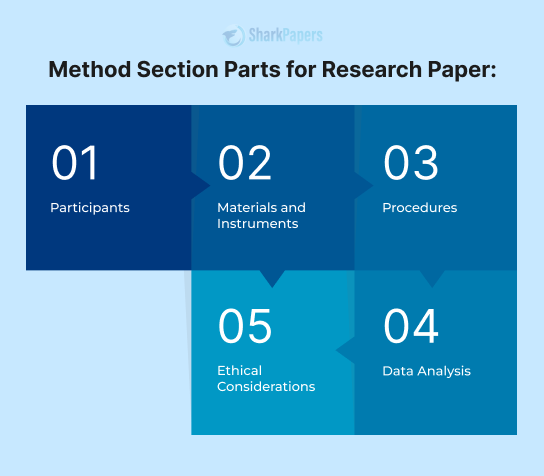

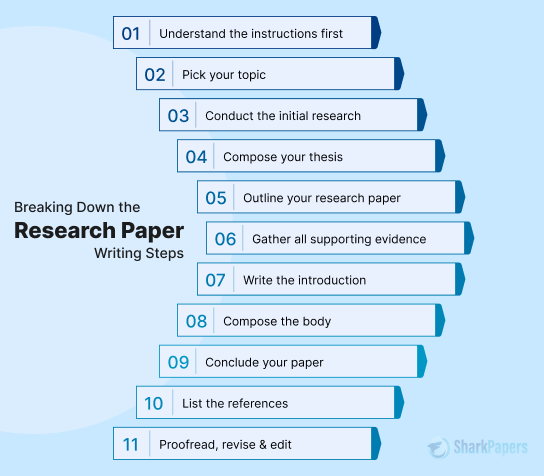






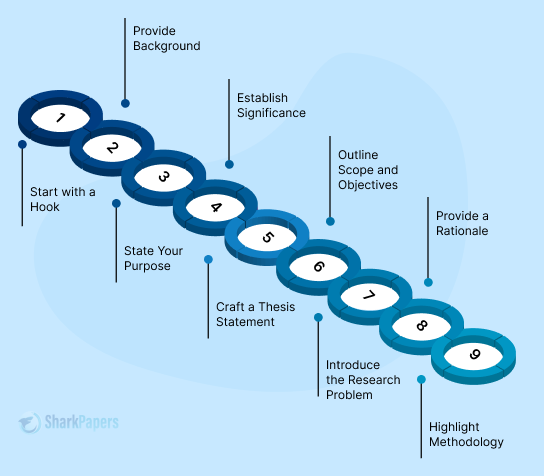




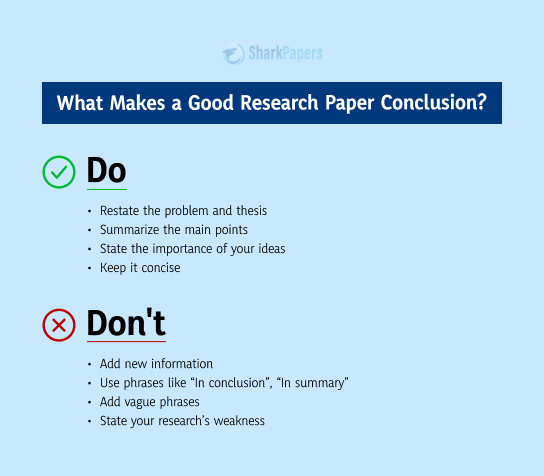
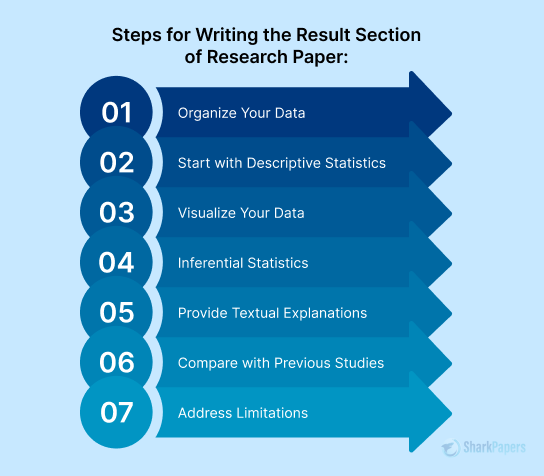
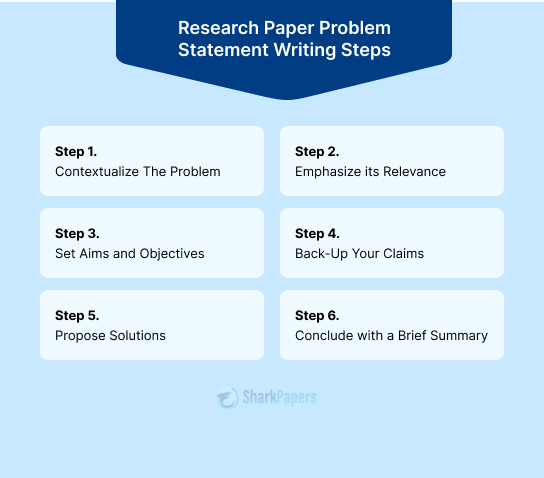
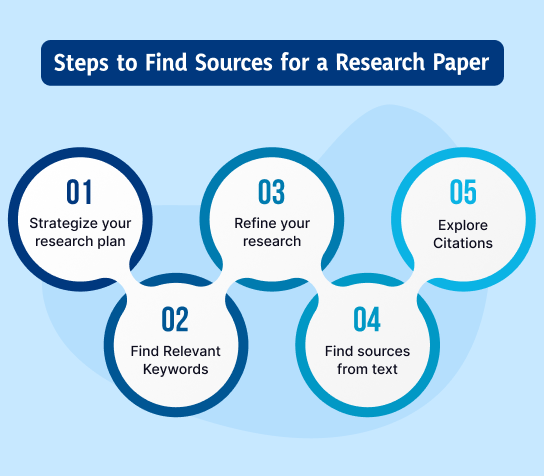
)
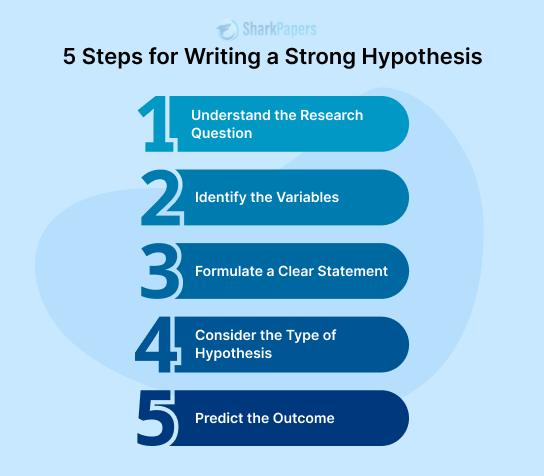
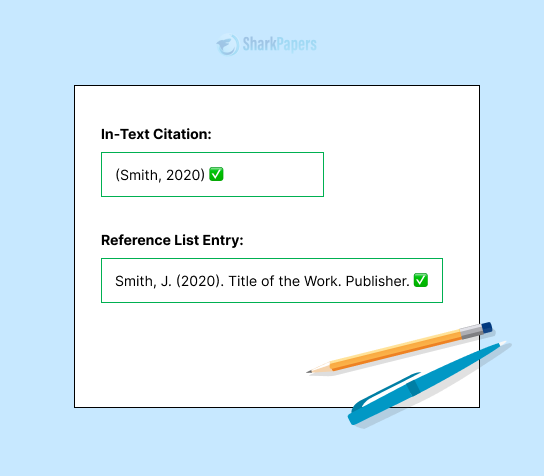

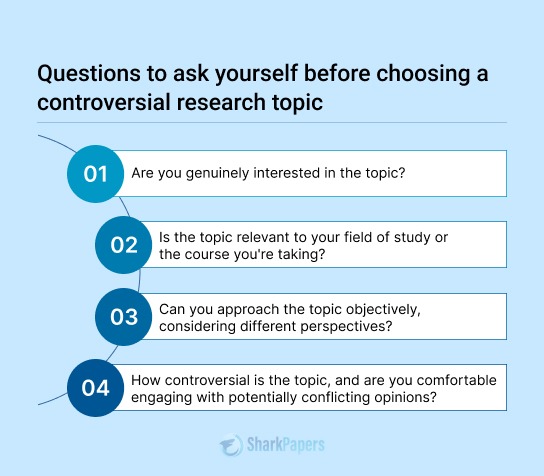



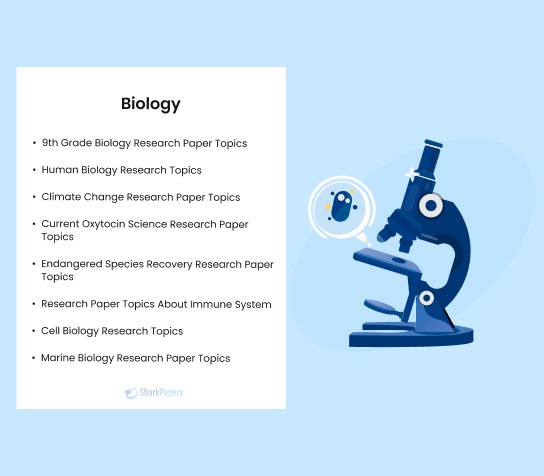


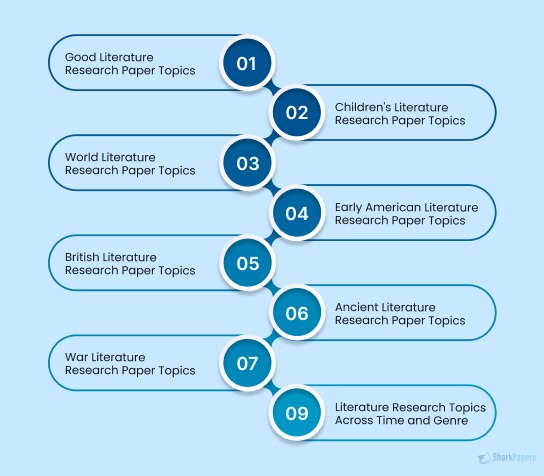
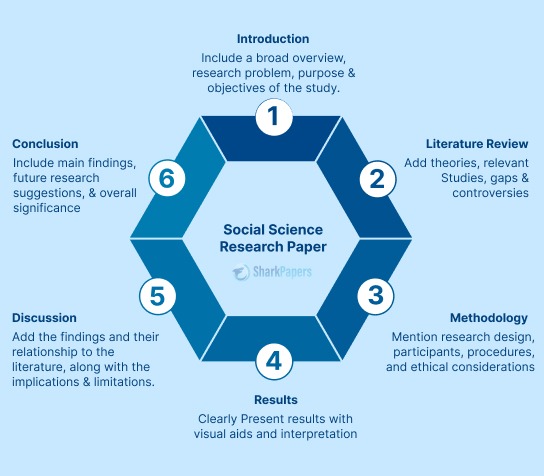
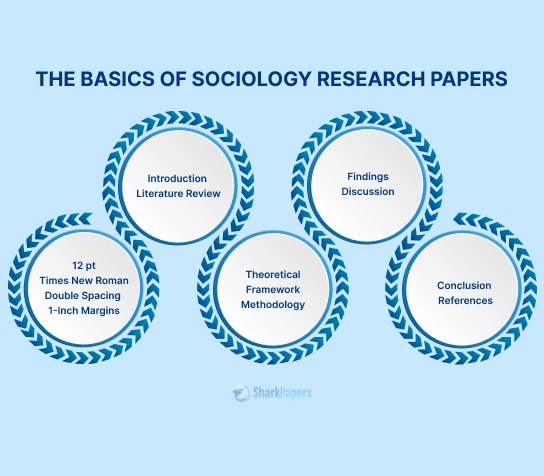
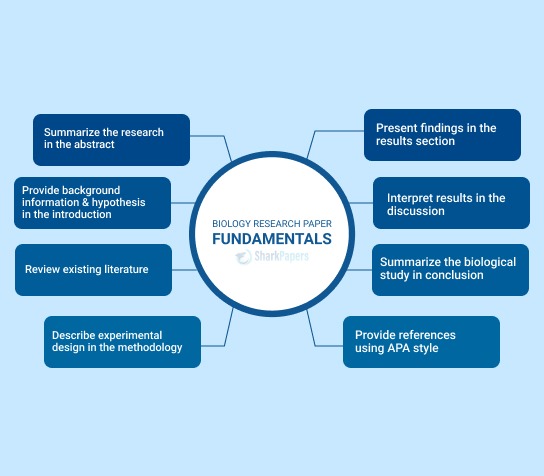

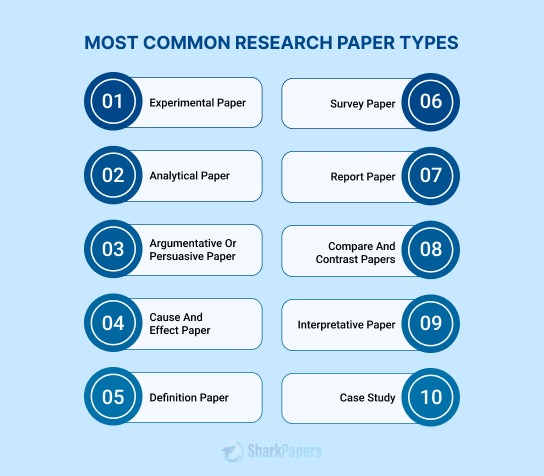

















-12114.jpg)














 Not seeing it? Check Promotions or Spam — inboxes get protective.
Not seeing it? Check Promotions or Spam — inboxes get protective.